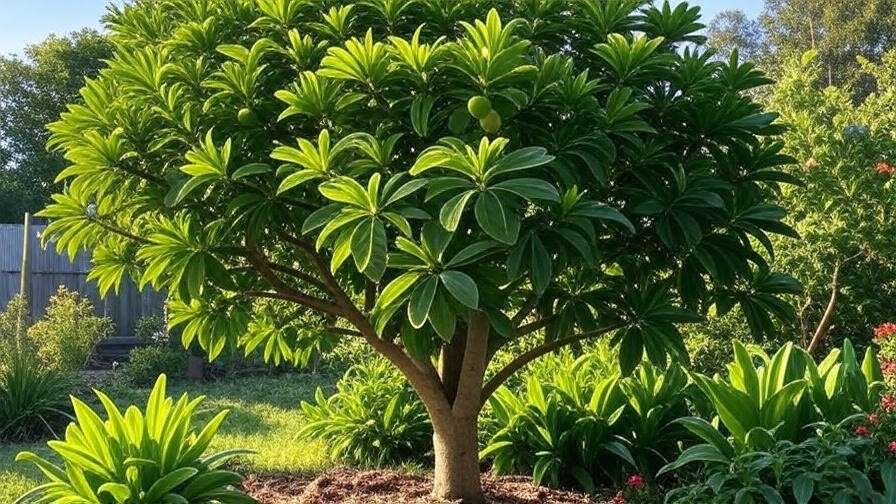Imagine stepping into your backyard to pluck sweet, juicy figs from your very own Black Madeira fig tree, its dark, luscious fruit glistening in the sun! 🍇 This prized variety, renowned for its rich flavor and compact growth, is a dream for home gardeners. Whether you’re a seasoned horticulturist or a beginner, growing a Black Madeira fig tree can transform your garden into a Mediterranean-inspired haven. In this comprehensive guide, I’ll share seven expert-backed tips to ensure your Black Madeira thrives, drawing on my years of experience cultivating figs and advising gardeners. From planting to harvesting, you’ll learn everything needed to nurture this exceptional tree and enjoy bountiful harvests.
Understanding the Black Madeira Fig Tree 🌱
Origins and Characteristics
The Black Madeira fig tree, a cultivar of Ficus carica, traces its roots to the Mediterranean, particularly the island of Madeira. Known for its dark purple-black fruit with a sweet, jammy interior, this fig is a favorite among enthusiasts. The tree typically grows to 10–15 feet tall, making it ideal for small gardens or container growing. Its compact size, paired with glossy green leaves, adds ornamental charm to any landscape. Adaptable to various climates, it thrives in USDA hardiness zones 7–10 but can succeed in cooler regions with proper care.
Benefits of Growing Black Madeira Figs
Why choose a Black Madeira? Beyond its delectable fruit, packed with antioxidants, fiber, and vitamins like potassium, this tree offers aesthetic and practical benefits. Its manageable size suits urban gardens, patios, or balconies. The figs, often described as “nature’s candy,” are perfect for fresh eating, drying, or making preserves. Plus, with proper care, you can enjoy multiple harvests annually, enhancing both your garden’s beauty and your culinary repertoire.
Tip 1: Choosing the Perfect Location ☀️
Sunlight and Climate Requirements
To produce those coveted sweet figs, your Black Madeira fig tree needs 6–8 hours of direct sunlight daily. Full sun exposure fuels photosynthesis, ensuring vigorous growth and abundant fruit. In zones 7–10, the tree thrives outdoors year-round, but in cooler climates (zones 5–6), consider container planting for winter protection. Urban gardeners can leverage microclimates—south-facing walls or patios that trap heat—to mimic ideal conditions. Monitor local weather patterns to avoid frost damage during early spring growth.
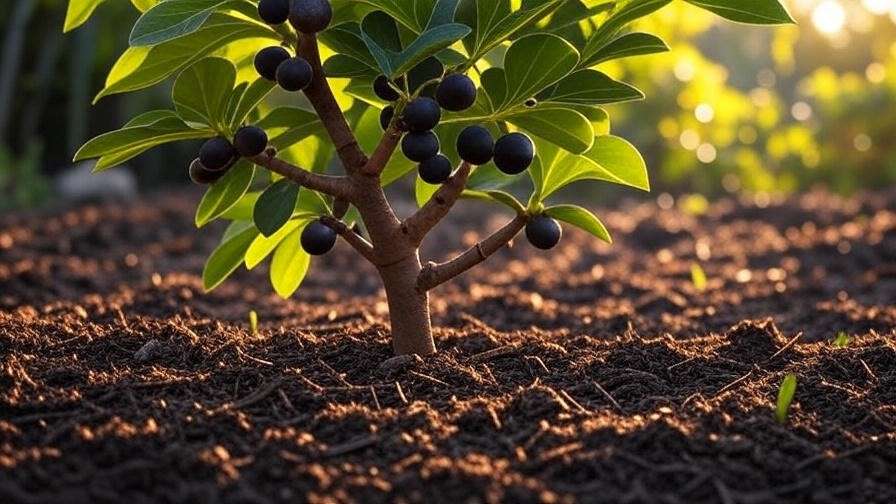
Soil Conditions for Success
Black Madeira figs prefer well-draining, loamy soil with a pH of 6.0–6.5. Test your soil using a home kit to confirm pH and nutrient levels. If your soil is heavy clay or overly sandy, amend it with organic compost or aged manure to improve drainage and fertility. For container-grown trees, use a high-quality potting mix with perlite or vermiculite. Expert Tip: Mix in a handful of crushed eggshells to boost calcium, which supports fruit development.
Tip 2: Planting Your Black Madeira Fig Tree 🌳
When and How to Plant
Spring or early fall is the best time to plant your Black Madeira fig tree, allowing roots to establish before extreme heat or cold. For in-ground planting, dig a hole twice the width and depth of the root ball, spacing trees 10–15 feet apart. Place the tree so the root collar sits just above soil level, then backfill with a mix of native soil and compost. For containers, choose a pot at least 15 gallons with drainage holes. Water thoroughly after planting to settle the soil.
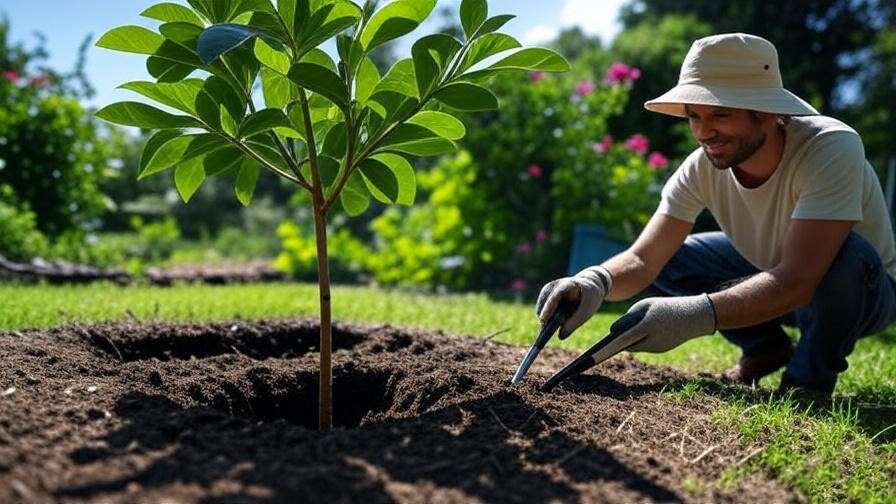
Selecting Healthy Trees
Choose a healthy Black Madeira sapling from a reputable nursery. Look for vibrant green leaves, a sturdy stem, and no signs of pests or disease (e.g., yellowing leaves or powdery mildew). Avoid trees with root-bound pots or damaged bark. Example: A healthy sapling will have a well-developed root system visible through the pot’s drainage holes, while a stressed one may show wilted leaves or cracked soil. Online nurseries like FigTrees.com or local garden centers often carry certified stock.
Tip 3: Watering Wisely 💧
Watering Needs Across Seasons
Young Black Madeira fig trees need consistent moisture during their first year to establish roots—about 1–2 inches of water weekly. Mature trees are more drought-tolerant but still benefit from regular watering, especially during fruiting. In summer, increase watering during heatwaves, but reduce it in fall to prepare for dormancy. Overwatering can lead to root rot, so ensure soil dries slightly between sessions. Expert Insight: Apply a 2–3-inch layer of organic mulch (like wood chips) to retain moisture and regulate soil temperature.

Irrigation Techniques
Drip irrigation is ideal for consistent, efficient watering, delivering moisture directly to the root zone. Alternatively, water manually with a soaker hose, avoiding foliage to prevent fungal issues. Check soil moisture by inserting a finger 2 inches deep—if it’s dry, water deeply. FAQ: How much water does a Black Madeira fig tree need weekly? In hot climates, aim for 5–10 gallons for mature trees, adjusted for rainfall and soil type.
Tip 4: Fertilizing for Vigorous Growth 🌼
Nutrient Requirements
Black Madeira figs thrive with balanced fertilization. Apply a 10-10-10 NPK fertilizer in early spring to kickstart growth and again in mid-summer to support fruiting. Organic alternatives like compost tea, fish emulsion, or well-rotted manure work well for eco-conscious gardeners. Spread fertilizer evenly around the drip line, avoiding direct contact with the trunk. For container trees, use a liquid fertilizer diluted to half-strength every 4–6 weeks during the growing season.
Avoiding Common Fertilizing Mistakes
Over-fertilizing can cause excessive leaf growth at the expense of fruit or even burn roots. Signs include yellowing leaves or stunted growth. Test soil annually to tailor nutrient applications. Expert Tip: Slow-release granular fertilizers reduce maintenance and provide steady nutrients. If you notice leaf burn, flush the soil with water to dilute excess salts.
Tip 5: Pruning for Productivity ✂️
Why Pruning Matters
Pruning your Black Madeira fig tree is crucial for maximizing fruit production, maintaining a manageable size, and promoting healthy airflow to prevent diseases. Regular pruning removes dead or overcrowded branches, allowing sunlight to penetrate the canopy and ripen figs. It also shapes the tree for aesthetic appeal, especially in small gardens or containers. The best time to prune is late winter or early spring, before new growth begins, when the tree is dormant.
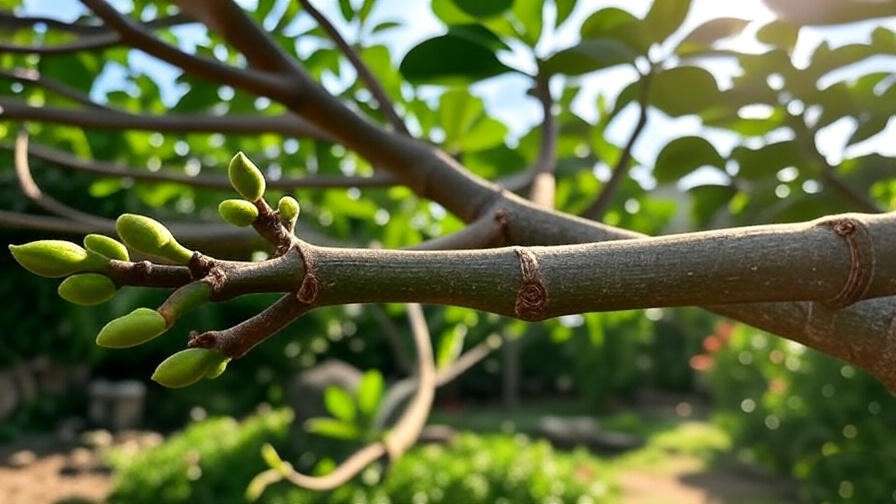
Step-by-Step Pruning Guide
To prune effectively, you’ll need clean, sharp pruning shears or loppers. Start by removing dead, damaged, or crossing branches to open up the canopy. For young trees, focus on establishing a strong framework by selecting 3–5 main branches and cutting back weak growth. For mature trees, thin out crowded areas and trim back one-third of the previous year’s growth to encourage new fruiting wood. Example: To remove suckers—vigorous shoots at the base—cut them flush with the trunk to redirect energy to fruit production. Always disinfect tools between cuts to prevent disease spread.
Tip 6: Protecting Against Pests and Diseases 🐞
Common Pests
Black Madeira fig trees are relatively hardy but can attract pests like fig beetles, aphids, and scale insects. Fig beetles are drawn to ripe fruit, leaving holes or damaged skins. Aphids cluster on new growth, causing leaves to curl, while scale appears as small, waxy bumps on stems. Combat these organically with neem oil sprays or by introducing beneficial insects like ladybugs. Expert Insight: Plant companion species like marigolds or garlic near your fig tree to deter pests naturally.
Preventing Diseases
Common diseases include root rot, caused by overwatering, and fungal issues like leaf spot or rust, which thrive in humid conditions. To prevent root rot, ensure proper drainage and avoid waterlogged soil. For fungal diseases, improve air circulation through pruning and avoid overhead watering. If you spot rusty spots or powdery mildew, apply an organic fungicide like copper-based sprays. FAQ: How do I treat fungal infections on Black Madeira figs? Remove affected leaves, improve airflow, and apply fungicide early in the disease cycle.
Tip 7: Harvesting and Enjoying Your Figs 🍈
When and How to Harvest
Black Madeira figs are ready to harvest when they turn deep purple-black, feel soft to the touch, and droop slightly on the branch—typically late summer to early fall. Gently twist or cut the fruit from the stem to avoid damaging the tree. Harvest in the morning when temperatures are cooler to preserve flavor. A single mature tree can yield 50–100 figs per season, depending on care and climate.
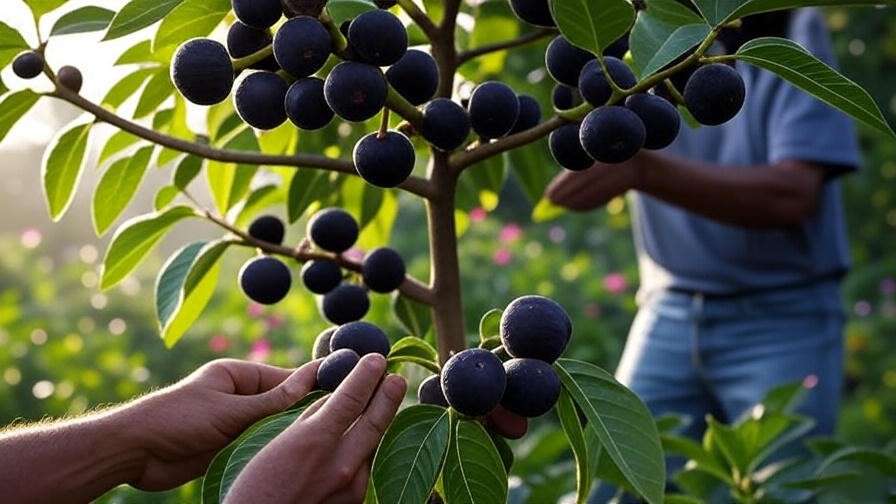
Storing and Using Black Madeira Figs
Fresh figs last about a week in the refrigerator. For longer storage, dry them in a dehydrator or oven at low heat, or make jams and preserves. Recipe Idea: Create a Black Madeira fig jam by simmering figs with sugar, lemon juice, and a pinch of cinnamon—perfect for toast or charcuterie boards. Expert Tip: Freeze whole figs in airtight bags for up to six months to enjoy their sweetness year-round. Blend frozen figs into smoothies for a nutritious treat.
Advanced Care Tips for Maximizing Yield 🚀
Training for Compact Growth
For small spaces, train your Black Madeira fig tree using espalier techniques or grow dwarf varieties. Espalier involves guiding branches along a trellis or wall in a flat pattern, saving space and adding visual appeal. Use soft ties to secure branches and prune annually to maintain the shape. Dwarf varieties, like those grafted onto compact rootstocks, are perfect for patios or balconies, producing full-sized fruit in smaller footprints.
Winter Care in Cooler Climates
In zones colder than 7, protect your Black Madeira fig from frost. For in-ground trees, wrap the trunk with burlap or frost cloth and mound mulch around the base to insulate roots. Container-grown trees can be moved indoors to a cool, bright location, like a garage or sunroom, during winter. Water sparingly during dormancy. Example: A gardener in Zone 6 reported success by wrapping their tree in burlap and adding a straw mulch layer, yielding figs even after mild winters.
Troubleshooting Common Issues 🛠️
If your Black Madeira fig tree struggles, common culprits include yellowing leaves, poor fruit set, or stunted growth. Yellow leaves often signal overwatering, nutrient deficiency, or poor drainage—check soil moisture and test nutrient levels. Poor fruit set may result from insufficient sunlight or pollination issues, though Black Madeira figs are self-pollinating. Stunted growth could indicate root-bound containers or pest damage. Below is a quick-reference troubleshooting guide:
| Issue | Possible Cause | Solution |
| Yellowing leaves | Overwatering, nutrient deficiency | Adjust watering, apply balanced fertilizer |
| Poor fruit set | Insufficient sunlight, young tree | Ensure 6–8 hours of sun, wait 2–3 years |
| Stunted growth | Root-bound, pests | Repot or treat with organic pest control |
FAQ: Why isn’t my Black Madeira fig tree producing fruit? If it’s a young tree, it may need 2–3 years to mature. Ensure adequate sunlight, proper pruning, and balanced fertilization.
Environmental and Sustainability Considerations 🌍
Growing a Black Madeira fig tree aligns with sustainable gardening practices. Figs require less water than many fruit trees, supporting water conservation. Use organic fertilizers and pest controls to minimize chemical runoff. Fig trees also attract pollinators like bees, enhancing local biodiversity. Expert Insight: Planting figs near native species creates a balanced ecosystem, benefiting both your garden and the environment.
Frequently Asked Questions ❓
- Q1: Can Black Madeira fig trees grow in containers?
Answer: Yes, choose a 15–20-gallon pot with drainage holes and a well-draining potting mix. Repot every 2–3 years to prevent root-binding. - Q2: How long does it take for a Black Madeira fig tree to bear fruit?
Answer: Typically 2–3 years with proper care, though optimal conditions may yield fruit sooner. - Q3: Are Black Madeira figs self-pollinating?
Answer: Yes, they don’t require a second tree or pollinators, making them ideal for solo planting. - Q4: What’s the best companion plant for Black Madeira figs?
Answer: Marigolds, basil, or chives deter pests and complement fig growth.
Conclusion
With these seven essential tips, you’re equipped to grow a thriving Black Madeira fig tree that yields sweet, juicy fruit and enhances your garden’s beauty. From choosing the perfect sunny spot to harvesting ripe figs, each step builds on proven horticultural practices. As a passionate gardener with over a decade of experience, I’ve seen the joy these trees bring to home landscapes. Start your fig-growing journey today, and share your progress in the comments below! Explore our related articles for more plant care insights.

